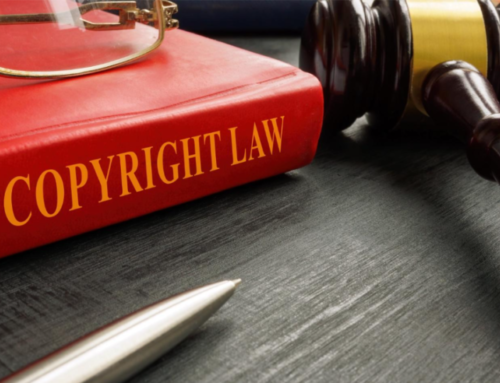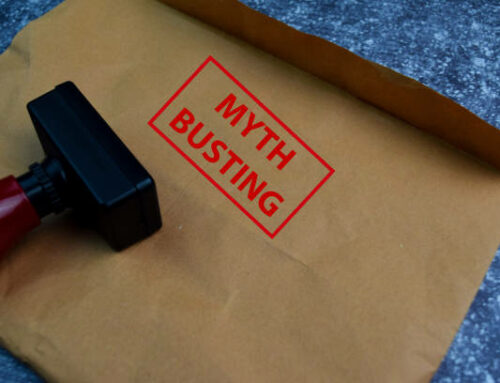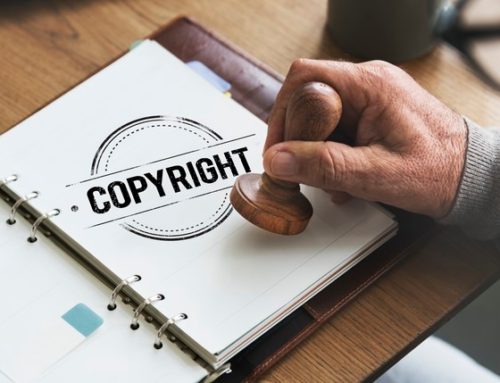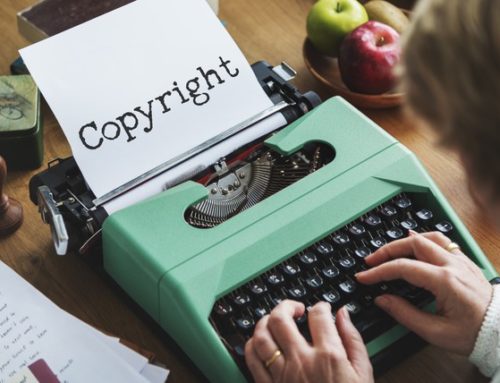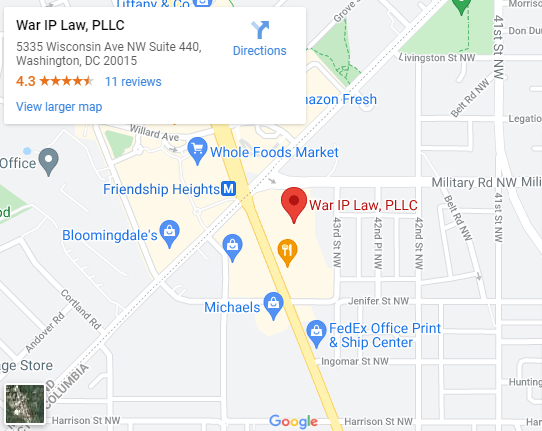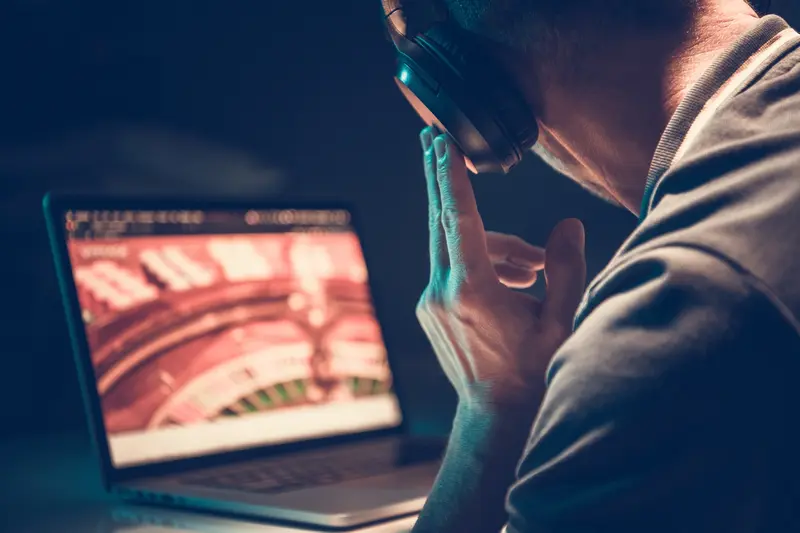 Audio is an essential component of any production. Whatever the content, be it skits, video game “let’s plays,” vlogs, or tutorials, high-quality music and sound effects improve the scene and set the moods. The right track creates suspense, adds life, and brings flavor to your videos. Some fans even care about the soundtracks as much as they do the actual video.
Audio is an essential component of any production. Whatever the content, be it skits, video game “let’s plays,” vlogs, or tutorials, high-quality music and sound effects improve the scene and set the moods. The right track creates suspense, adds life, and brings flavor to your videos. Some fans even care about the soundtracks as much as they do the actual video.
Be careful using any type of music! If you’ll be using songs that you didn’t personally write, you may be violating YouTube’s copyright and fair use policies. You’ll need prior permission from the composer or the producer before you can use their music for videos, whether as background music or jingles.
Copyright law ensures that creators are compensated when their work is used – this is where YouTube’s music policy comes into play. There are two sides of YouTube’s system that work in tandem, one side regulating video uploads for copyright infringement and the other providing a location for producers to file their copyright claims.
If you have any intellectual property concerns, such as licensing or creative commons attribution, you can ask our experienced Washington D.C. IP attorneys. Call us now to schedule a consultation.
Using Music for YouTube Videos
You can enjoy free music streaming when you listen to the songs personally. However, using music for videos on YouTube is not that simple. You may be able to find free songs or sound effects, but it gets more difficult if the sound or music is copyrighted.
To conform with copyright rules, several video streaming services such as YouTube, Vimeo, Instagram, and Twitch enforce tight regulations about copyrighted music. As a response, a large percentage of material providers feel that using copyrighted music on YouTube is forbidden.
If you created the music you’ll use, whether it’s an instrumental or a complete song, you’re free to use it however you want. It’s a different story altogether for other copyrighted music. You need to get permission from everyone listed as a copyright holder of the song.
In general, if you want to obtain a license to legally use the song for your YouTube videos, you have to do the following steps:
- Contact every copyright holder of that song.
- Negotiate a price for the licensing agreement. It can be an up-front payment for use of the song or royalties from the revenue your project will earn.
This sounds easy in theory, but it’s difficult to do in practice. The song recording may be owned by a label, but the song itself is from a publisher. It can be difficult to obtain permission from both. Not to mention that buying a license for music from bigger companies may not be worth the investment.
What Happens if I Use Music Tracks Without Permission?
Once you incorporate copyrighted music in your video without permission, YouTube can do the following:
- Make money with your work. They can display advertisements and earn from your content if they want to, but you’re prohibited from doing the same thing.
- They can mute the video. Viewers may certainly see your videos, but they won’t be able to listen to them.
- They can distribute your content as a non-profit video.
- They can keep records of your video’s data. They can see the number of views and other information, but you can’t.
- They can shut your stream. If this happens, no one will be able to see the post, and YouTube may reprimand you by disabling you or canceling your accounts.
If your video violates copyright, you effectively forfeit several rights related to producing content on YouTube, such as revenue and analytics surveillance. Most video producers fear using copyrighted music in their clips for this reason.
Instead of searching “can I use this or that” on Google, why not ask our skilled IP attorneys? Call us now to see how we can help!
How Does Youtube Detect Music Copyright Violations?
YouTube’s automated Content ID copyright technology checks all submitted videos and compares the audio to their database of songs and tracks. When a video is flagged by Content ID, the copyright owner of the identified song(s) is notified and given the option to ban the content, prevent it from being monetized, add their adverts to claim the money, or have the video removed.
Disputing a copyright strike is stressful and time-consuming. That’s why using copyrighted music is rarely a good choice for your YouTube production.
If you need more information about getting a music license, you can ask our experienced Washington D.C. copyright attorneys. It doesn’t matter whether it’s an orchestra song or a techno dubstep track, you need to use it legally and our IP lawyers can clarify any questions you have.
Alternatives to Music Licensing
If you need background music for your videos but don’t want to get a license, there are alternatives. Copyrighted music isn’t always a smart pick for your YouTube production, as we stated earlier. Sometimes, the best music is what’s available.
Here are some other options you need to be aware of:
…
Fair Use
Using music under the fair use policy allows you to use copyrighted music without permission from the owner. Work is fair use if it has a transformative purpose to parody, criticize, or comment on the original work.
Essentially, if you sample a piece of music to criticize it or parody it, it becomes fair use. You can create a reaction video to make a commentary on indie-folk music or electronica music using snippets of the songs.
Be careful, as YouTube’s bots sometimes take down uploaded reaction videos that use licensed music from bigger companies.
Creative Commons Music
Creative Commons (CC) is a system that allows you to use music with some rights reserved for free! There are free resources out there on the web with an expansive music library with free background music for your YouTube videos.
Self-Created Music
If you want to avoid the hassle of licensing music for video production, you can learn to create custom music! Learn different instruments like drums, ukulele, or guitar! You can also create a combination of beats, loops, and your own sound-effects in your recordings.
If you create music, it is completely free and you have unlimited access to the tracks .
Public Domain Music
Copyrights don’t last forever. Once work has entered the public domain, it’s free for anyone to use however they like! Find music to fit your content—like cinematic or soft background music—within the audio library in the public domain.
All music in the public domain is essentially copyright-free. Find a curated playlist that fits your mood!
Royalty-Free Music
Royalty-free music is not exactly free. You’ll still need to pay for the license one time to get to use it. Sometimes, artists offer their work for free as long as they are properly credited.
However, the advantage of these kinds of music is that you only pay once! After that, you get unlimited access to use it!
Intellectual property issues can be complicated. If you want to clarify anything about copyright laws, from creative commons license to whether you can monetize your work, ask our experienced Washington D.C. IP attorneys.
Final Thoughts
As a YouTube creator, you know that music is an essential component of videos. Upbeat audio tracks hype up your motivational videos while more somber genres can be used as chill music in the background. Whatever the genre, hip hop, pop-rock, or funk, you’ll need to get a license from the composers and copyright holders before you can legally use the song in your content.
If you’re concerned about music and music licenses for commercial use, you can seek help from our experienced Washington D.C. lawyers at War IP Law.

